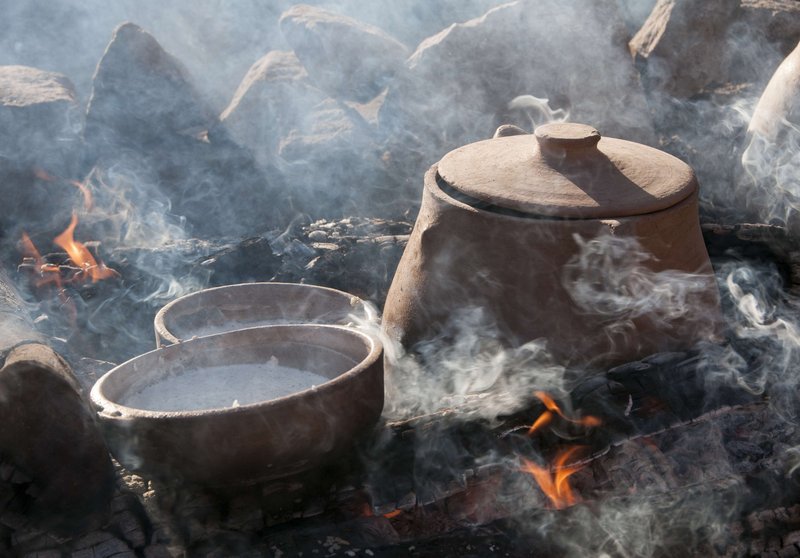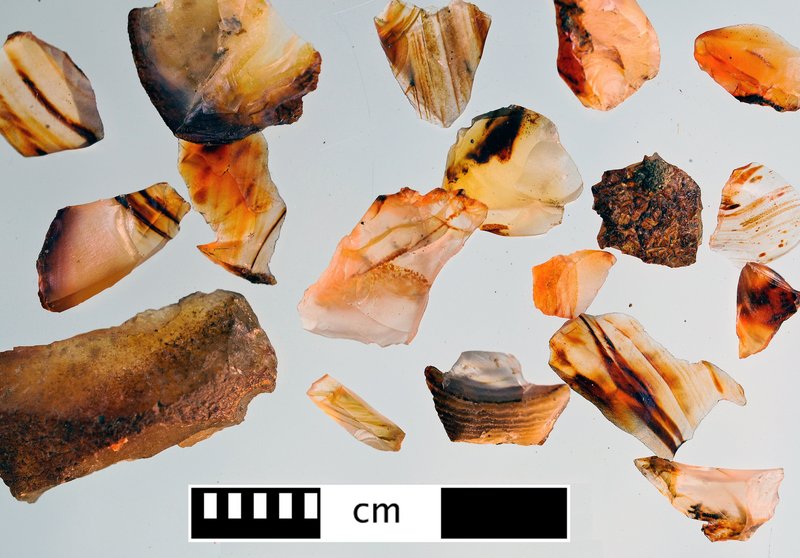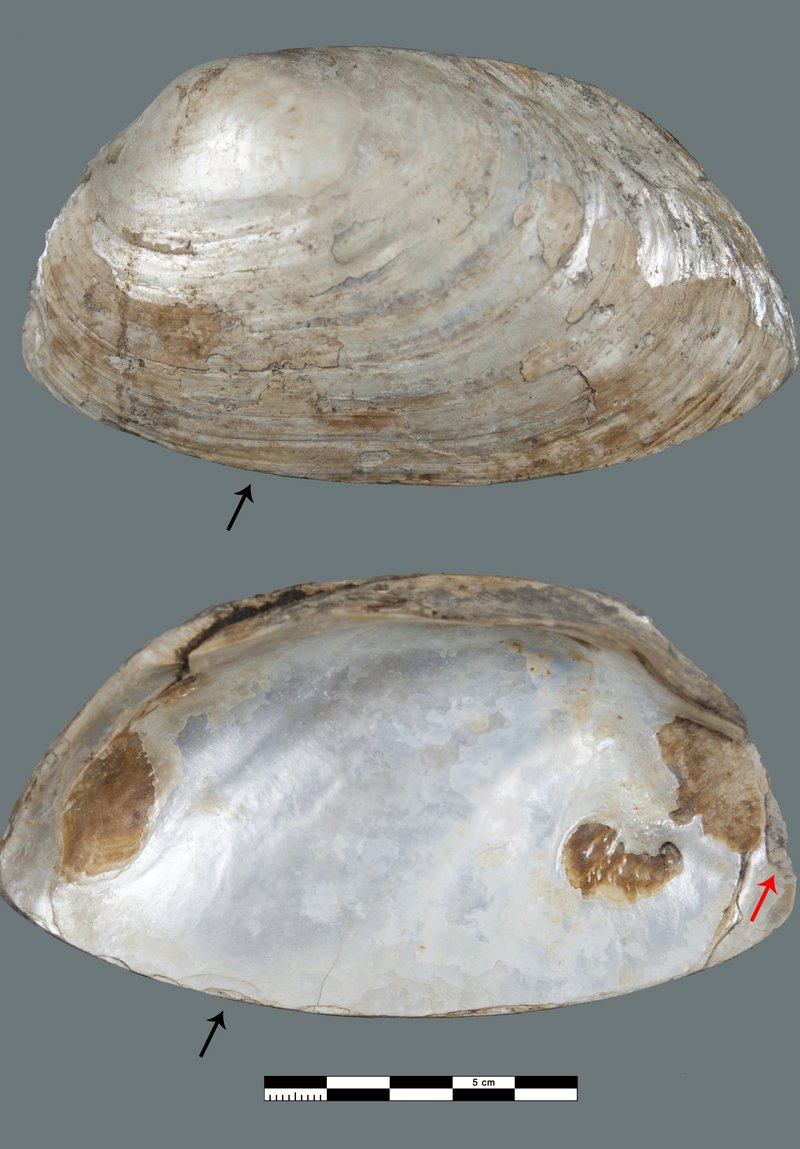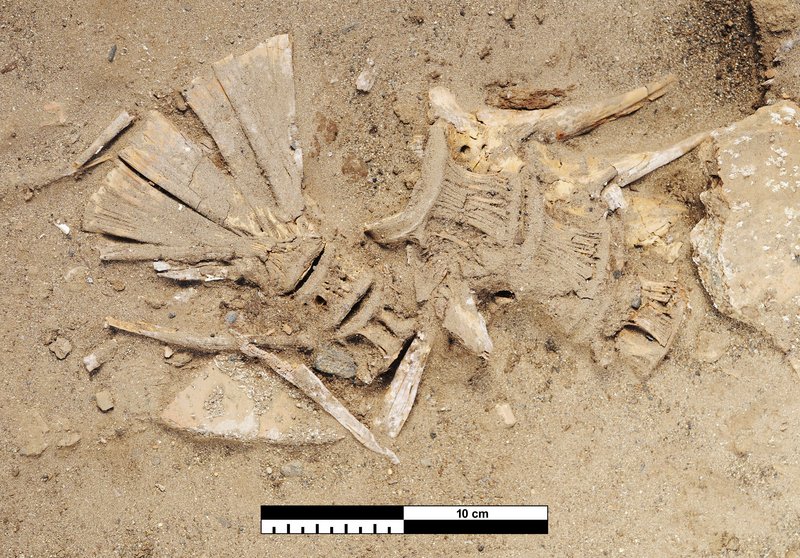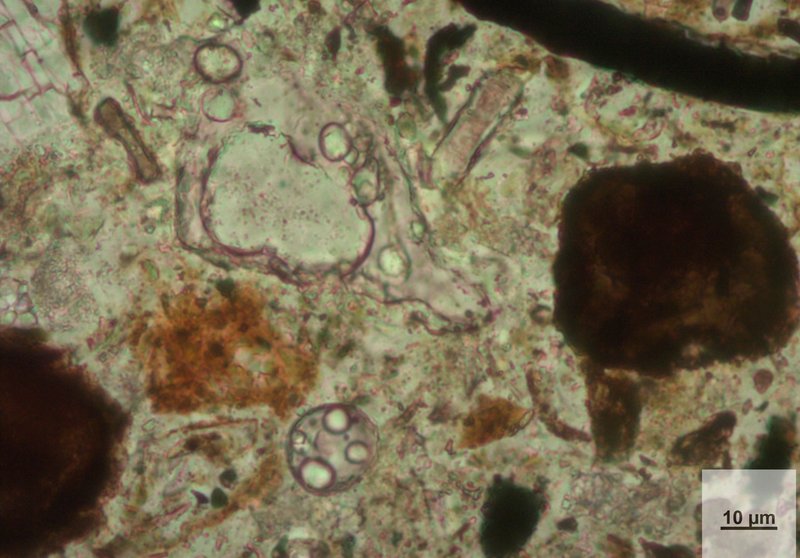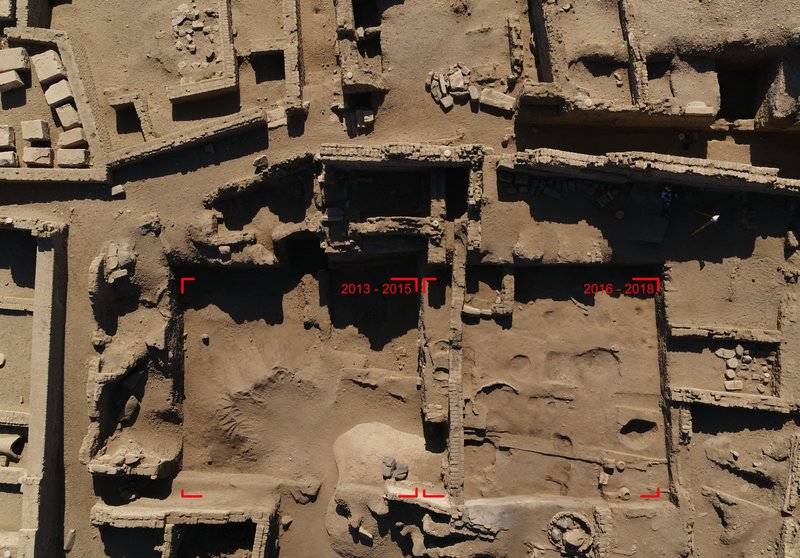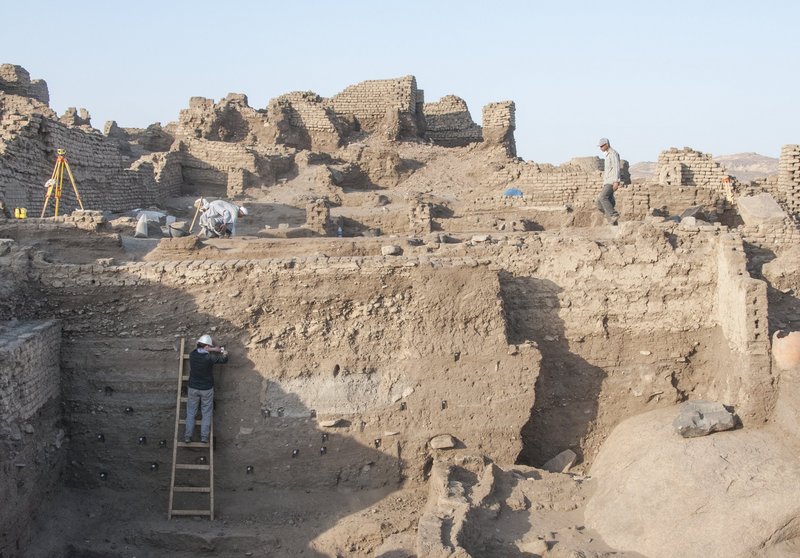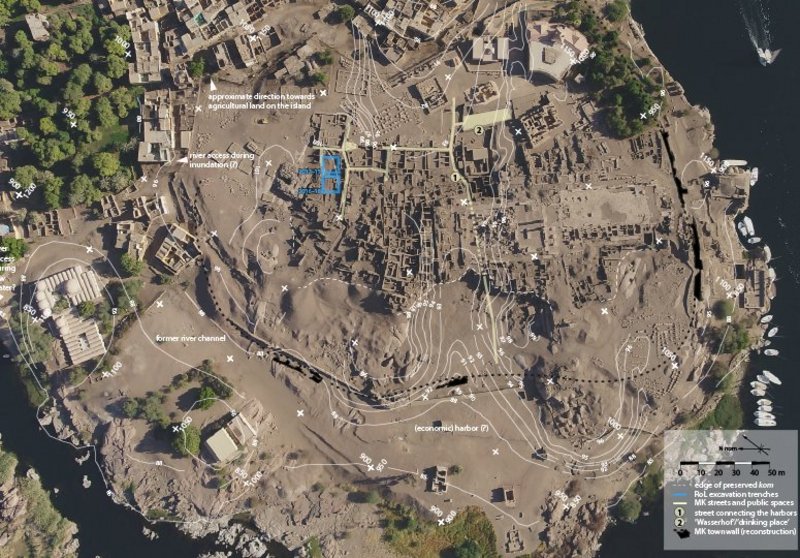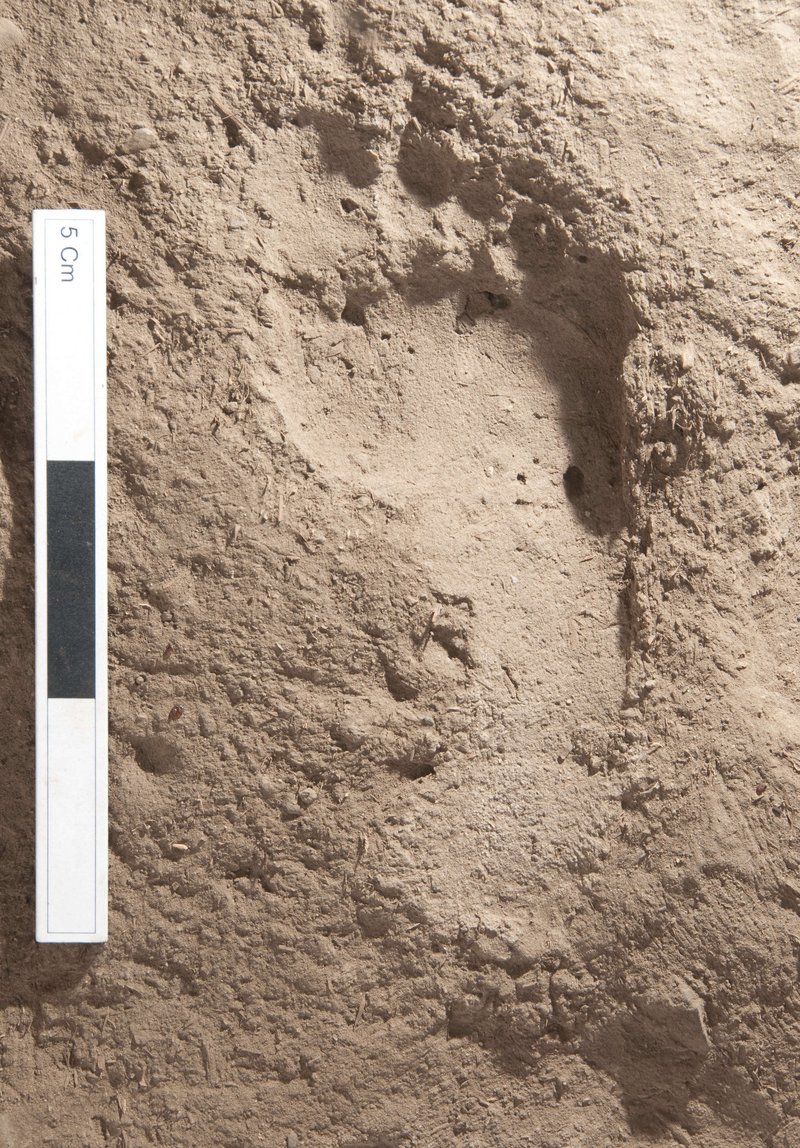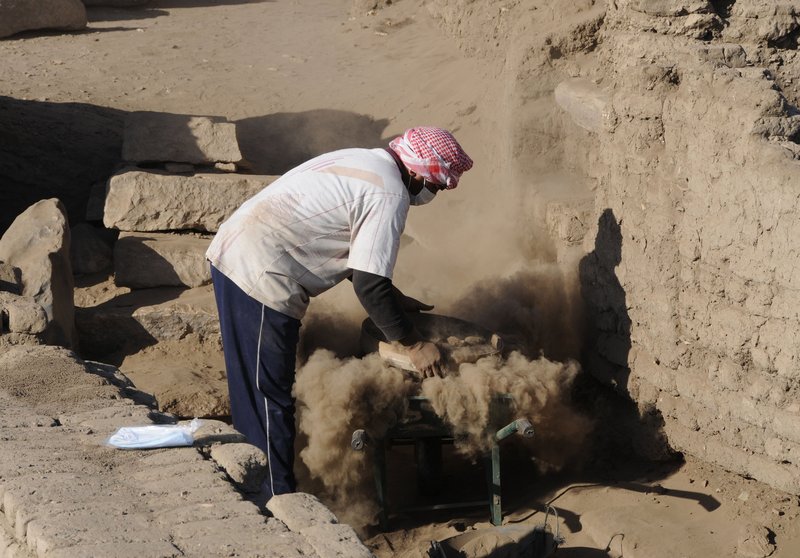Projektverantwortlicher
Dr. phil. Johanna Sigl
Adresse
Dürenstr. 35-37
,
Bonn
Email
Johanna.Sigl@dainst.de
Team
Peter Kopp,
Dr. Clara Jeuthe,
Dr. des. Marie-Kristin Schroeder,
Stephan Seidlmayer
Laufzeit
seit 2014
Cluster/Forschungsplan
KAI - Komplexe Siedlungsformen
Fokus
Feldforschung,
Auswertung (engl.),
Methodenentwicklung
Disziplin
Archäologie,
Siedlungsarchäologie,
Archäometrie
Methoden
Digitale Fotografie,
3D-Dokumentation,
Analoge zeichnerische Dokumentation,
Digitale Dokumentation,
Dokumentation Fund/Befund,
Nivellierung,
Schichtdokumentation,
Vermessung,
Experimente,
Feldforschung,
Funktionsanalyse,
Ausgrabungen,
Fundbergung,
Schlämmen,
Trockenreinigung,
Altersbestimmungen,
Botanische Großrestanalyse,
Dünnschliffuntersuchungen,
Fundanalyse,
Gebrauchspurenanalysen,
Gesteinsuntersuchungen,
Holzartenbestimmungen,
Keramikuntersuchungen,
Materialuntersuchungen (anorganisch),
Materialuntersuchungen (organisch),
Metalluntersuchungen,
Mikroskopie,
Tierrestanalyse,
Tonuntersuchungen,
Räumliche Auswertungen,
Statistik,
Metallurgie,
Steinverarbeitung,
Töpfern,
Typologie
Partner
Egyptian Ministry of Tourism and Antiquities MoTA
Schlagworte
Ägyptologie,
Archäobotanik,
Archäologie,
Archäometrie,
Archäozoologie,
Mikromorphologie,
Siedlungsarchäologie,
Abfallentsorgung,
Backen,
Ernährung,
Fischfang,
Hausarbeiten,
Hygiene,
Jagd,
Kochen,
Vorratshaltung,
Mittleres Reich,
12. Dynastie,
13. Dynastie,
Wohnen,
relative Chronologie,
Digitale Fotografie,
Analoge zeichnerische Dokumentation,
Digitale Dokumentation,
Dokumentation Fund/Befund,
Nivellierung,
Schichtdokumentation,
Vermessung,
Experimente,
Feldforschung,
Funktionsanalyse,
Ausgrabungen,
Fundbergung,
Schlämmen,
Trockenreinigung,
Botanische Großrestanalyse,
Gebrauchspurenanalysen,
Keramikuntersuchungen,
Materialuntersuchungen (anorganisch),
Materialuntersuchungen (organisch),
Metalluntersuchungen,
Mikroskopie,
Pigmentuntersuchungen,
Tierrestanalyse,
Tonuntersuchungen,
Räumliche Auswertungen,
Statistik,
Bearbeitungstechniken,
Herstellungs- und Verarbeitungstechniken,
Typologie
Projekt-ID
5340
Permalink
https://www.dainst.org/projekt/-/project-display/4711172
